Hot on the heels of the Bake Off finale, University of Warwick food historian Professor Rebecca Earle investigates the history of the Victoria sponge.
Mrs Beeton would have been a disaster on Bake Off. In her first published recipe - A Good Sponge Cake - the famous Victorian domestic goddess forgot to explain how much flour was required.
Such oversights would not have troubled Jane, Andrew, and the winning Candice, who sailed triumphantly through the final episode’s technical challenge of baking a perfect Victoria sponge sans recipe.
All three contestants produced tempting, golden confections filled with silky buttercream, alongside the requisite jam. The remaining challenges continued the Victorian theme; the bakers recreated Victoria’s coronation crown in merengue, and filled a hamper with regal picnic treats.
The food historian Alysa Levene reports that Queen Victoria truly did enjoy a Victoria sponge, decorated with a single layer of jam, alongside other cakes and edible knicknackeries, at tea parties on the Isle of Wight.
According to a tell-all biography of Victoria composed by ‘a member of the Royal household’, she was particularly fond of ‘chocolate sponges, plain sponges, wafers of two or three different shapes, langues de chat, biscuits and drop cakes of all kinds, tablets, petit fours, princess and rice cakes, pralines, almond sweets, and a large variety of mixed sweets’.
Although Victoria’s name is now inextricably linked to the eponymous sponge, she herself is unlikely ever to have turned her hand at baking. Such matters were left to the team of confectioners and pastry chefs who kept her supplied with ‘the cakes and biscuits which, four or five times a week, follow Her Majesty to Balmoral, Osborne, or wherever else she may be staying’.
An early recipe for Victoria sponge appears in Mrs Beeton’s 1861 Book of Household Management, which achieved sensational and enduring success despite Isabella Beeton’s rocky start with sponge cakes. The instructions note specifically that the resultant cakes should feed five or six people.
Mr’s Beeton’s Victoria Sandwiches
INGREDIENTS — Four eggs; their weight in pounded sugar, butter, and flour, ¼ saltspoonful of salt, a layer of any kind of jam or marmalade
Mode — Beat the butter to a cream; dredge in the flour and pounded sugar; stir these ingredients well together, and add the eggs, which should be previously thoroughly whisked. When the mixture has been well beaten for about ten minutes, butter a Yorkshire-pudding tin, pour in the batter, and make it in a moderate oven for 20 minutes. Let it cool, spread one half of the cake with a layer of nice preserve, place over it the other half of the cake, press the pieces slightly together, and then cut it into long finger-pieces; pile them in crossbars on a glass dish, and serve.
Time — 20 minutes. Average cost, 1s, 3d. Sufficient for 5 or 6 persons. Seasonable at any time
I tried my hand at royal bakery, using Mrs Beeton’s directions. Unlike modern sponge cakes, her recipe employs no baking powder or other leavening agent aside from the eggs. Baking powder, invented in 1843, did not become common in cakes until some decades later.
I was curious how well Mrs Beeton’s version would rise. The batter puffed up enthusiastically, but unevenly, and an extra five minutes in the oven was not enough to prevent the cake from being what my Austrian grandmother would have called ‘mürbig’, or under-baked.
No plaudits from the Bake Off judges were likely to come my way should they materialise in my Midlands kitchen. I shall stick to Mary Berry.























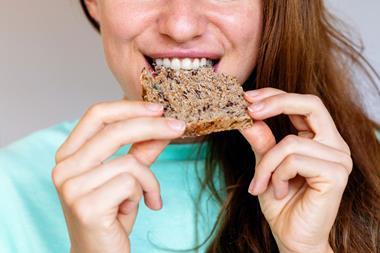

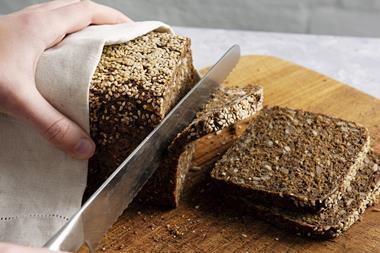

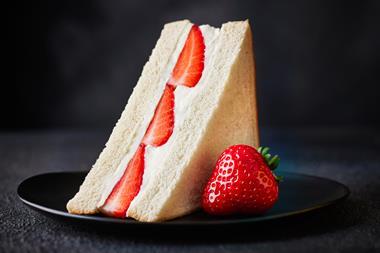
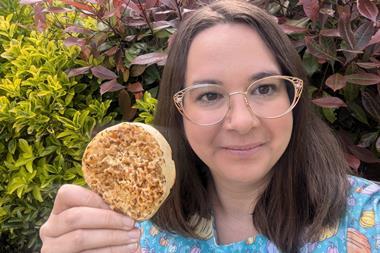
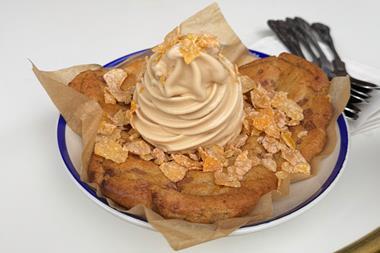


No comments yet